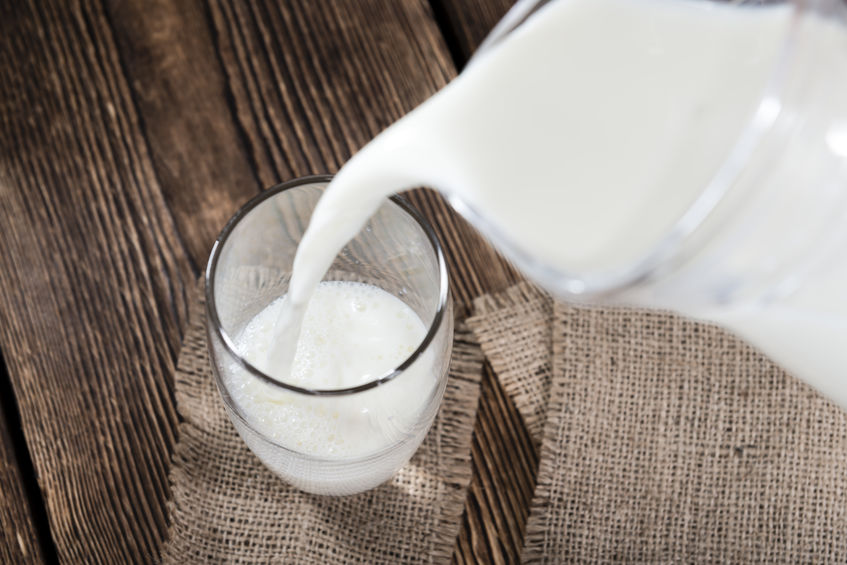
The government has released guidance for schools on how much milk or yoghurt can be claimed under the 'school milk subsidy scheme', and how to price subsidised milk in a school.
The EU school milk subsidy scheme encourages children to develop a lifelong habit of consuming milk and milk products.
It does this by subsidising the cost of milk and yoghurt products for school children in the UK so that it can be sold to them at a lower price.
The scheme allows eligible pupils to receive up to 250ml of subsidised milk products each school day.
Claims can be made by schools, local authorities, suppliers or organisations set up for this purpose.
In England, Scotland and Wales the school milk subsidy scheme is administered by the Rural Payments Agency (RPA).
Subsidy rates
The EU aid rate is €186.945 per kilolitre for milk and yoghurt.
These rates are converted to sterling using the exchange rate applicable on the first day of the month when the claim period starts.
The EU aid rate is topped up nationally for pupils in primary education and children over 11 receiving primary education in special schools.
This top up rate is £39.855 per kilolitre.
For children in Key Stage 1 education in Wales, the full cost of milk is reimbursed, plus a contribution to administration costs.
For children under 5 who are regularly attending a nursery or other pre-school establishment, the full cost of up to 189ml of milk per pupil can be claimed under the Nursery Milk Scheme.
Milk fully paid for under the Nursery Milk Scheme isn’t eligible for the EU subsidy.
